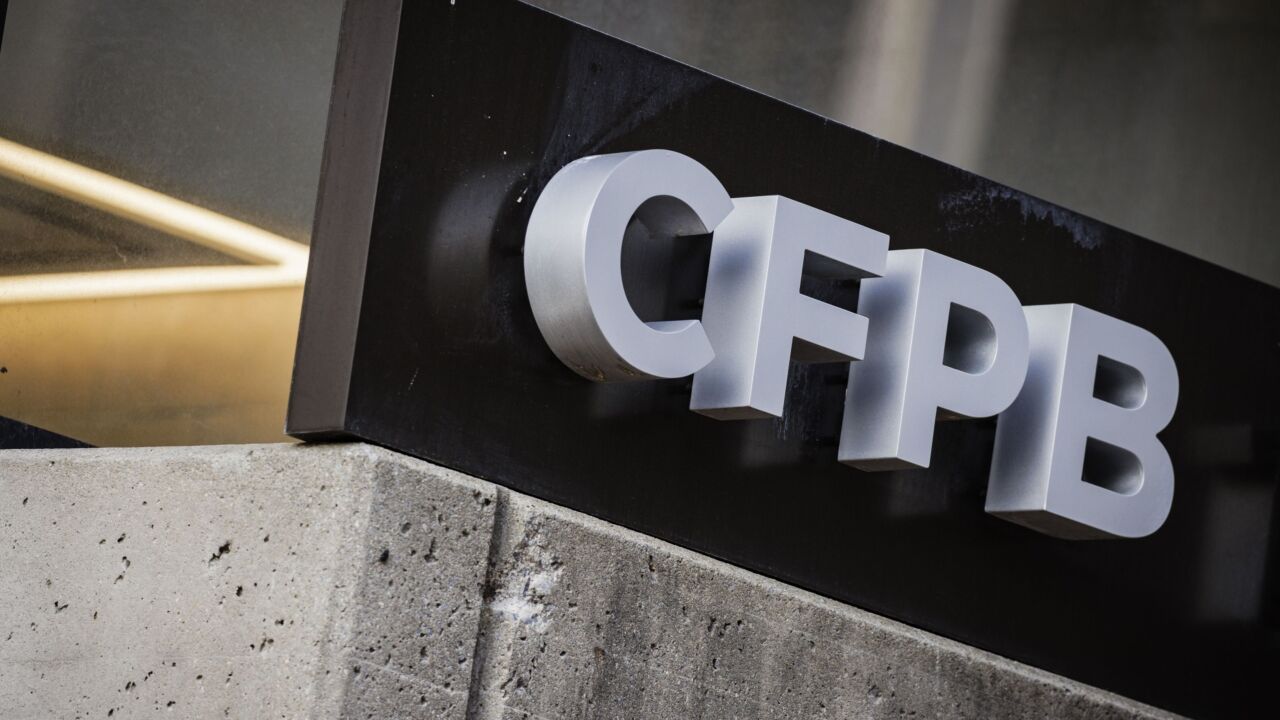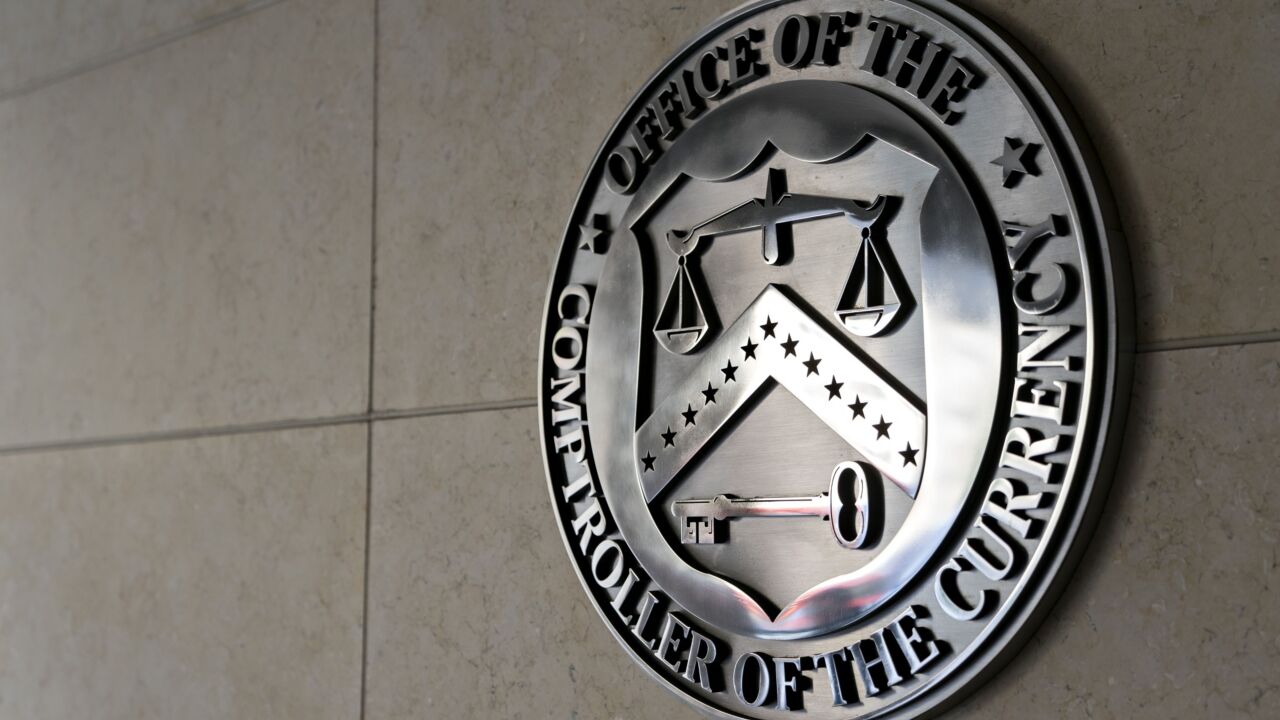As more U.S. banks issue EMV-chip credit and debit cards, consumer education remains a challenge, particularly if consumers overlook the paper inserts that come with their new cards.
The EMV Migration Forum and Payments Security Task Force have developed a website to address that need, providing merchants and issuers with a "go-to site" to aid their customers and employees.
"This is an exciting project because it is really the first time the industry has come together to develop common messaging and images for EMV education," said Randy Vanderhoof, president of the EMV Migration Forum. "I can't think of another situation in which all of the stakeholders were in the same room trying to determine how best to get the education process moving quickly."
The urgency of this education effort stems from the card networks' nearing deadline for EMV-chip card adoption. The party not able to handle EMV transactions by October 2015 becomes liable for any fraudulent transactions in the card-present environment.
Other countries that have gone through an EMV migration have generally had government-backed public education campaigns. Without a government-backed or mandated EMV initiative, U.S. companies have been left to their own resources to provide a clear and consistent message.
"We have a limited range of reaching down to individual consumers," Vanderhoof said. "The new site helps us get the word out there and move past this stage in which everyone is trying to learn what the change is all about."
When the payments industry develops a communication tool that everyone agrees is the correct message and easy to understand, it means acquirers and ISOs don't have to create their own tools for clients to use, Vanderhoof said. The GoChipCard.com site can also be used as a supplement to the materials issuers include when mailing EMV cards.
"Individual banks can point to this site and use it, and when banks do that on a local level, it can get the message out there to a broader audience," Vanderhoof added.
GoChipCard.com focuses on consumer education, and also includes tools for merchants and issuers, such as a frequently asked questions list, an infographic and links to other EMV education tools.
"It takes a lot of work in the U.S. to understand how global standards apply, and making sure that the standard and interoperability works here in the U.S.," said Stephanie Ericksen, vice president of risk products for Visa Inc.
As such, Visa has been involved in various programs to assure broader awareness, Ericksen said. "It's a big undertaking."
Visa offers merchant tool kits,
Despite these efforts to inform consumers up-front, much of the education is likely to occur at the point of sale, said Thad Peterson, senior analyst with Boston-based Aite Group.
"The information on the new website is really important for those of us in the payments space, but may not be viewed as vital in the eyes of consumers," Peterson said.
Until consumers actually have to change how they pay, they may not care to learn about the new process, Peterson said. It is more important for store clerks to know how to explain the EMV payment process to shoppers, he added.
"Consumers have a way of coping, and I think they will get through it, but for the first few months initially, there will be some confusion about what works where, when and how," Peterson added.





